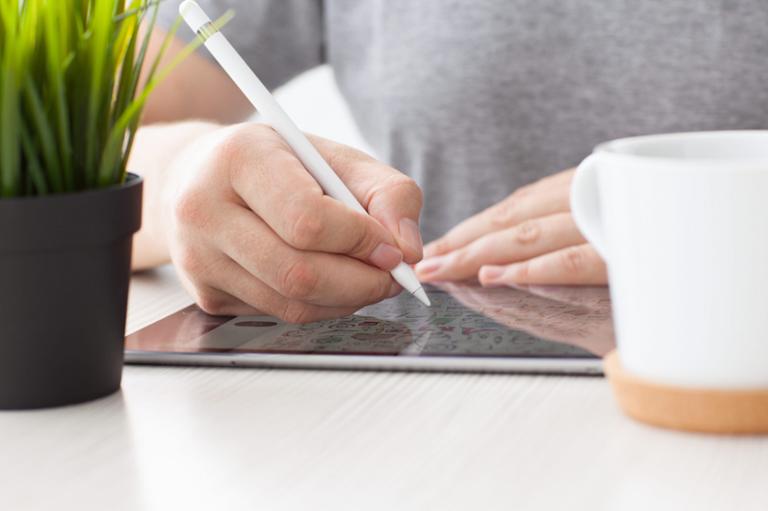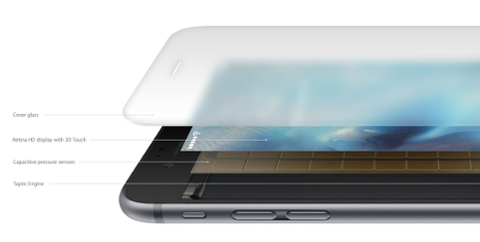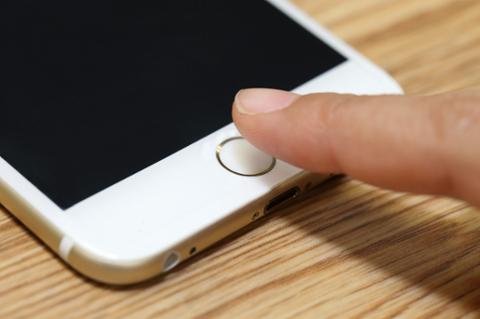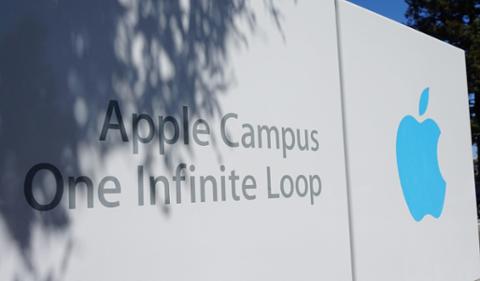Rumors abound that Apple will add support for its Apple
Pencil stylus on upcoming iPhone smartphones, set for release this Fall. It sounds like an awesome feature... until you consider development. Again, this is a rumor, but it intrigues us because we’re so close to the traditional launch window for iPhone. Many assume this year's iPhone launch event will happen September 12-ish, and bring three new iPhones: a 6.1-inch LCD model, a 5.8-inch AMOLED phone, and a massive 6.5-inch AMOLED flagship device. Only the two OLED phones are said to support Apple Pencil, and that’s where it starts to get tricky. Hardware sensors for
3D Touch have long been blamed for iPhone scarcity on launch, which makes it a reasonable business decision for Apple to forego 3D touch on its next wave of smartphones. If nothing else, support for Apple Pencil could be positioned as a reason to upgrade. It wouldn’t be wise to only support 3D Touch on LCD devices and Apple Pencil for newer OLED models. This creates a fragmentation for developers that will only result in worse apps with limited functionality. Having to target various screen sizes and consider processing power is enough for devs. In a 2017 article, i
More’s Rene Ritchie carefully discusses the technical differences between iPad and iPhone, which is where the Apple Pencil/3D Touch battle line has already been drawn (pun intended). The iPad supports Apple Pencil; the current iPhone does not. Apple Pencil is marketed as a professional device for artists and other creative pros, and sketching on the iPhone is just not ideal. Supporting Apple Pencil for iPhones would require some retooling of Apple’s core framework, too. Both Apple Pencil and 3D Touch rely on the
force property within the
UITouch class. The differentiator is that Apple Pencil also appreciated
azimuth and altitude, technical terms for the angle at which we naturally hold a writing device as it hits a surface.
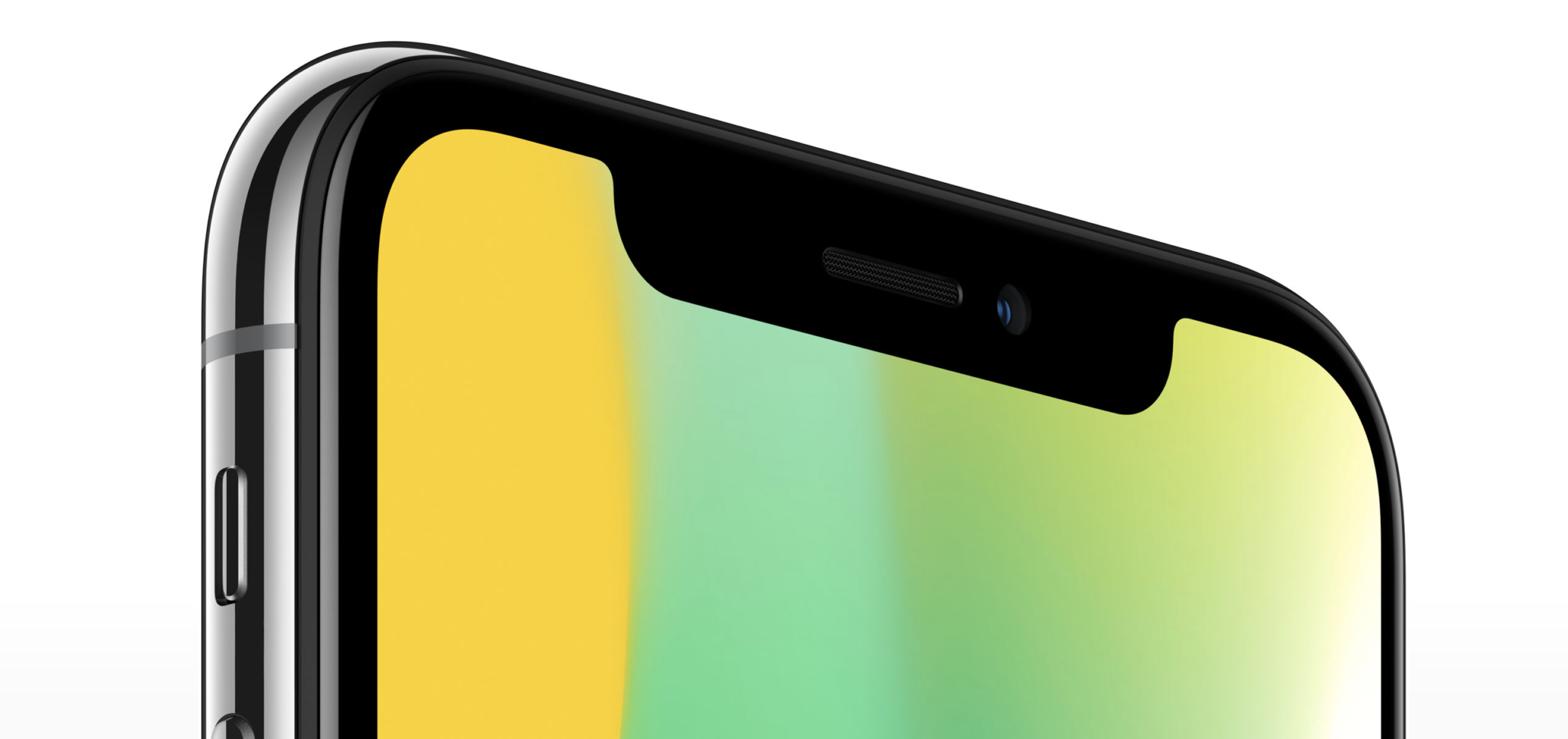
In its documentation, Apple says
force is available for devices that “support 3D Touch
or Apple Pencil.” This doesn’t mean an app can’t support both, but we’ve not seen it happen yet, and it’s
really tricky to do. In
force, there’s an
enum called
UITouch.TouchType that can help. It has a
variable specifically for Apple Pencil, named ‘stylus,’ that notes when Apple Pencil touches the screen. Interestingly enough, a ‘
pencil’ enumeration has no documentation. Within
UITouch and the
force property, there’s significant overlap on the tooling available to 3D Touch or Apple Pencil. Both technologies can be supported, but we’re not finding any reason why that might be a good idea. Save for the ability to erase with a finger in a drawing app, simultaneously supporting 3D Touch and Apple Pencil might just not be worth it for most developers. But it’s possible Apple may be distancing itself from 3D Touch. A vocal
minority have long wanted stylus support for iPhone, pointing to Samsung’s Note devices as evidence there’s a good use case for a phone with a stylus. It’s equally logical that Apple will simply adjust the tooling available to developers, which would make it simpler to support both 3D Touch and Apple Pencil. This could be a precursor to a 3D Touch-capable iPad. For both technologies to work, various moving targets have to be hit. The developer tooling has to be rethought, and refreshed hardware across the iPhone and iPad lineup will need 3D Touch sensors. Apple will also have to convince users carrying a stylus around with their iPhones is a good idea. Apple has invested in Apple Pencil, so it’s difficult to see the company abandoning its hardware. 3D Touch is also hardware-dependent, and would require supply chain tweaking. There also hasn’t been chatter that
Analog Devices, a core supplier of 3D Touch hardware for iPhone, is forecasting a downturn – which tells us 3D Touch is sticking around. So, iOS developers should prepare for some new functionality if Apple Pencil and 3D Touch are going to be available on the same device. The overlap within
UITouch is understandable, as the two technologies have unique hardware. If that line blurs, developer tools will have to change. It seems the Fall iPhone event might bring more work for devs beyond supporting a new screen size.
 In its documentation, Apple says
In its documentation, Apple says 